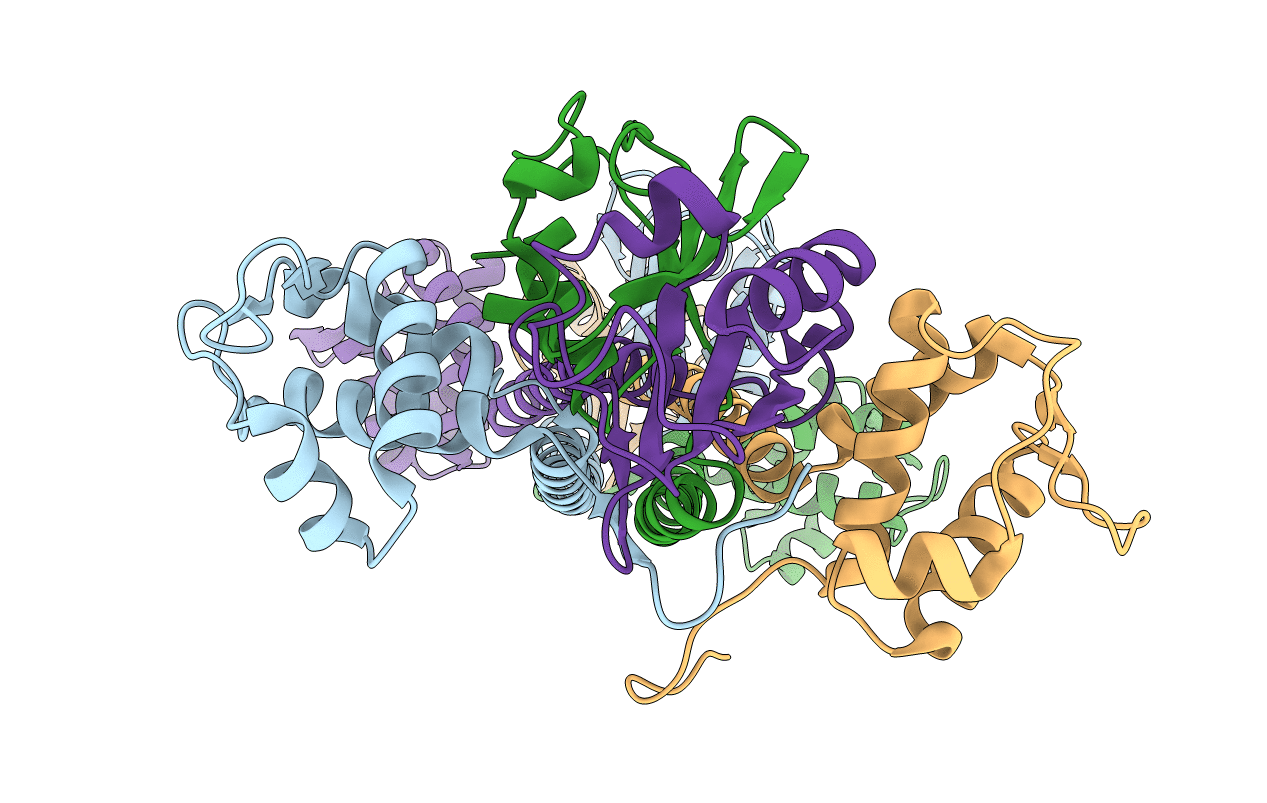
Deposition Date
2020-12-07
Release Date
2021-08-11
Last Version Date
2024-11-06
Entry Detail
Biological Source:
Source Organism:
Streptococcus agalactiae (Taxon ID: 1311)
Host Organism:
Method Details:
Experimental Method:
Resolution:
2.80 Å
R-Value Free:
0.26
R-Value Work:
0.25
R-Value Observed:
0.25
Space Group:
I 4


